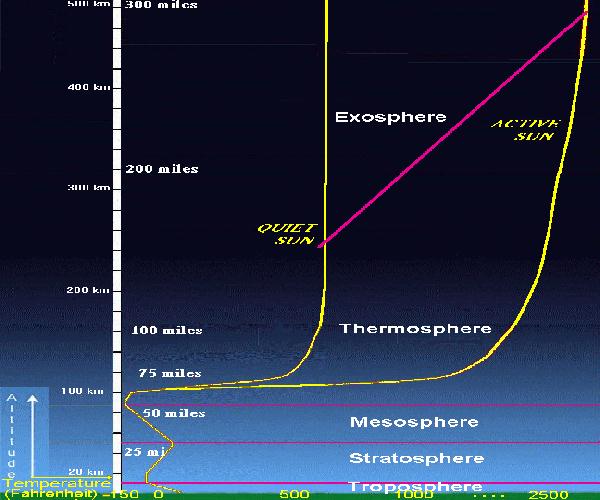Greater weight falls to the lowest depth. The result is condensationprecipitation.
Climate Science Investigations South Florida Energy The Driver Of Climate
The loss of heat causes water vapor to condense into tiny water droplets or ice crystals.

. Boyles law pressure and volume of an adiabitic no energy gain or loss are inverse. Scientists have found that the most destructive and deadly tornadoes occur from rotating thunderstorms called which have a well-defined circulation. This rising is limited however - think about it - if there were no limit to hot air rising then the entire atmosphere would float out into space.
As this air rises into the atmosphere it cools and some of the water vapor in it condenses. It warms water vapor condenses and clouds form It warms loses density and falls downward It cools water vapor condenses and clouds form It cools loses density and falls downward It more or less stays the same Why do clouds form. Why do clouds form as air rises.
Warmer air will have a lower density and can also hold more water vapor than cold air but as this warm air rises into our atmosphere it cools mainly because the outer edges of our atmosphere are colder than the surface of the earth. The higher the air is the less pressure. Up to 24 cash back become part of the air in the form of water vapor.
The air parcel will compress and warm c The air parcel will remain the same size and its temperature will increase 2. Rising air is cooler than the surrounding environment and has a tendency to sink. Tldr Warm air rises because it weighs less over a standard volume to a colder same volume.
That is it cools due to change in volume as opposed to adding or taking away of heat. Rising air expands and cools adiabatic cooling. As air rises it transfers heat from the surface of Earth to the upper levels of the atmosphere in a process called.
Conventional knowledge has it that warm air rises while cold air sinks. As the air parcel rises higher and higher it continues to expand and chill causing more moisture to condense. What happens to air as it rises in the atmosphere.
But a study from the University of California Davis found that in. Answer 1 of 4. Less transpiration occurs which results in less water and heat added to the atmosphere.
The cloud grows thicker at its base where it is coldest because there are. By BoylesCharles Laws you are going to get the same volume having different weights with a. Any type of liquid or solid water that falls to.
Answer 1 of 5. Explains why its more rainy on the windward sides of mountain ranges when combined with Charless law. A cloud is formed when water vapor condenses from the chilly air.
If the droplets or crystals grow and become heavy enough they fall as rain snow sleet or hail. Warm air rises into the atmosphere when the sun heats the Earth. When dense cold air pushes beneath warmer atmospheric air the lighter warmer air rises.
Water vapor heats up making steam Raindrop converge in points. Shading is reduced and more insolation is used to heat the ground. A warm air parcel rises in an unstable atmosphere.
As the air cools it wont be able to hold as much water vapor. When it cools to its dewpoint temperature it has reached the a. As air rises air pressure at the surface is lowered.
Which of the following will MOST LIKELY form as this occurs. The air parcel will expand and cool. Rising air is cooler than the surrounding environment and has a tendency to sink.
A warm air parcel. The saying heat rises is an acknowledgement of the fact that warmer air has a lower density than the surrounding atmosphere and therefore being of lower density it will rise. As air rises in the atmosphere it cools.
It expands and cools as it climbs. What happens to an air parcel that rises adiabatically through the atmosphere.

Nws Jetstream Layers Of The Atmosphere



0 Comments